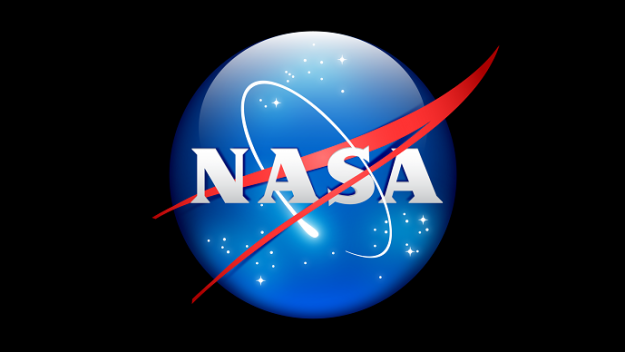Washington: National Aeronautics and Space Administration (NASA) has finalised the first 16 science experiments and technology demonstrations, ranging from chemistry to communications, to be delivered to the surface of the Moon under the Artemis programme.
Scheduled to fly next year, the payloads will launch aboard the first two lander deliveries of the agency’s Commercial Lunar Payload Services (CLPS) initiative, NASA said Wednesday.
These deliveries will help pave the way for sending the first woman and the next man to the lunar surface by 2024.
The agency awarded two orders for scientific payload delivery to two companies — Astrobotic and Intuitive Machines.
Astrobotic, which will launch its Peregrine lander on a United Launch Alliance rocket, will carry 11 NASA payloads to the lunar surface, while Intuitive Machines, which will launch its Nova-C lander on a SpaceX Falcon 9 rocket, will carry five NASA payloads to the Moon.
“We’ve finished the work of assigning science and technology payloads to each of the initial CLPS deliveries,” said Chris Culbert, CLPS project manager at NASA’s Johnson Space Centre in Houston.
“This step allows our commercial partners to complete the important technical integration work necessary to fly the payloads and brings us a step closer to launching and landing the investigations that will help us better understand the Moon ahead of sending the first woman and next man to the Moon,” Culbert said.
The payloads are each about the size of a shoebox and range in mass from around one to 15 kgs, NASA said.





